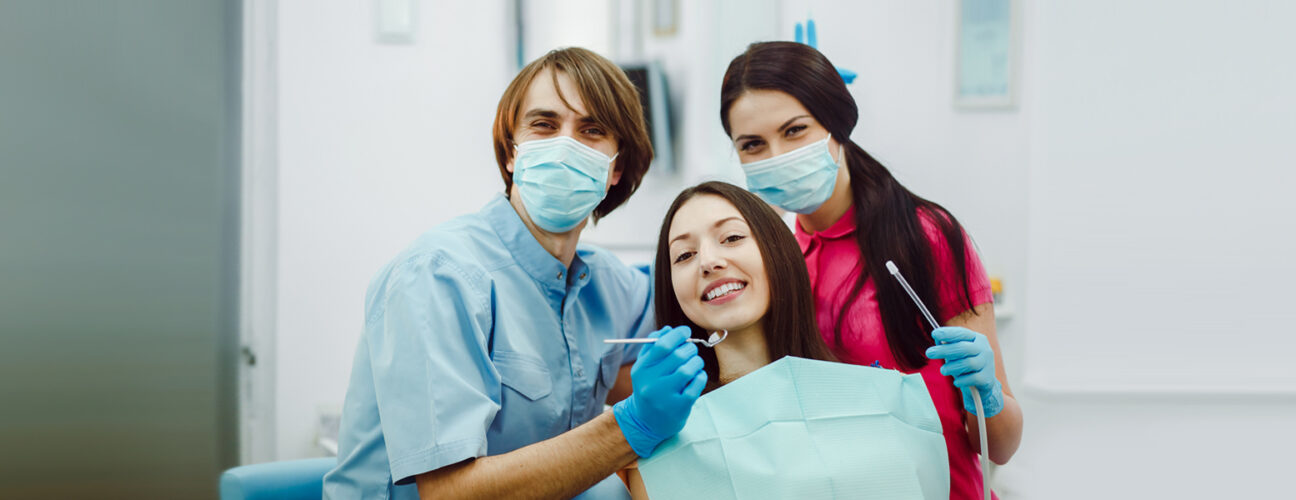What to Eat After Extracting a Tooth: Safe Foods for a Speedy Recovery
September 1, 2025After a tooth is removed, your mouth needs time and care to heal properly. While most people focus on medications and gauze pads, your food choices during this period can be just as important. Eating the wrong things can delay healing, while the right foods can ease discomfort and support tissue repair. If you’re unsure what to eat after extracting a tooth, this guide offers practical, safe suggestions to help you recover quickly and comfortably.
Patients who undergo tooth extractions in Rancho Cucamonga, CA, often benefit from following a mindful eating routine tailored to post-surgical healing.
Why Diet Matters After a Tooth Extraction
Your body treats oral surgery like any other wound—it responds with swelling, clotting, and tissue repair. But unlike a skin injury, you need to eat while your mouth heals. This is where diet plays a direct role. A poor food choice, especially something too crunchy, hot, or sticky, can dislodge the clot and slow healing.
Eating the right way helps:
- Reduce the risk of dry socket
- Keep swelling under control
- Maintain energy while chewing less
- Support tissue healing with nutrients
- Prevent infection around the extraction site
It’s not about going hungry—it’s about eating smart.
Foods to Eat After Tooth Extraction
You don’t have to stick to plain broth or baby food, but you do want to prioritize soft, cool, and nutrient-rich options for at least the first few days.
Best choices include:
- Mashed potatoes – Smooth, easy to flavor, and filling
- Greek yogurt – Packed with protein and soothing for sore areas
- Scrambled eggs – Gentle texture and rich in healing nutrients
- Smoothies – Blend fruit, yogurt, and protein powders (avoid using straws)
- Applesauce – Naturally sweet and soft enough for post-extraction mouths
- Bone broth or soft soups – Warm, not hot, and full of nutrients
- Oatmeal or cream of wheat – Great after the first day or two when swelling improves
The first 24 to 48 hours are critical. Keep it soft, and don’t force yourself to eat more than you’re comfortable with. Swallow carefully, and chew on the opposite side of the mouth.
Foods to Avoid During Recovery
Just as some foods promote healing, others interfere with it. Some might irritate the surgical site or even dislodge the clot that’s protecting the socket, which can lead to painful complications.
Avoid the following during early recovery:
- Crunchy snacks like chips, popcorn, or toast
- Spicy foods that can irritate gum tissue
- Sticky items like caramel or chewy bread
- Carbonated beverages which may disturb clot formation
- Alcohol that delays healing and interacts with medications
- Hot foods and drinks that increase swelling
Also, resist using straws. The suction can pull the clot out, causing dry socket. Even when sipping smoothies or water, drink slowly from a cup.
When to Resume a Normal Diet
Your recovery timeline may vary depending on the complexity of the extraction, your age, and your general health. Most people can gradually return to a normal diet within 5 to 7 days. Start by reintroducing softer solid foods, then move to crunchier textures once tenderness has completely subsided.
Be mindful of any lingering soreness, and chew on the side opposite the extraction site until your dentist confirms full healing. Staying patient during this phase helps prevent complications.
Keeping the Area Clean While Eating
Eating carefully is only part of recovery. You’ll also need to keep the area clean without disturbing the socket.
Tips for safe oral care during meals:
- Rinse gently with warm salt water after eating (beginning 24 hours post-op)
- Avoid brushing directly over the extraction site
- Use a soft toothbrush on nearby teeth
- Let your food cool before eating to prevent burns
Even if eating feels awkward at first, don’t skip meals. Your body needs energy to heal.
Consult Your Dentist If Something Feels Off
Mild discomfort, swelling, and even light bleeding are normal for the first couple of days. But if you experience severe pain, increasing swelling, or a bad taste that doesn’t go away, it could signal an issue like dry socket or infection.
A dentist in Rancho Cucamonga, CA, can assess the healing process, clean the area if needed, and guide you on what’s safe to eat based on your individual case.
For patients wondering, “Where can I find a dentist near me who offers post-op guidance?”—many dental teams now provide aftercare plans and nutrition tips as part of the extraction process.
Patients at Mint Smiles Dentist – Rancho Cucamonga often feel more confident recovering when they know which foods support healing and which ones to delay.
Final Thought
Choosing what to eat after extracting a tooth can feel tricky at first, but the right foods truly make a difference. Soft, nutritious meals not only make eating more comfortable but also support your body’s natural healing response. Stick to cool, gentle textures early on, avoid anything that could irritate the area, and gradually reintroduce solid foods as you heal. With the right approach, you’ll avoid complications and feel like yourself again in no time.

